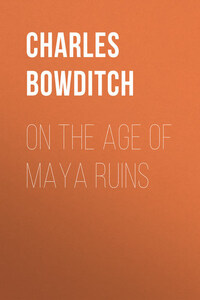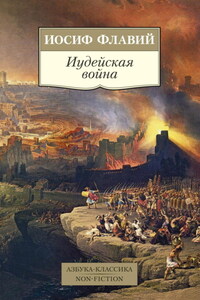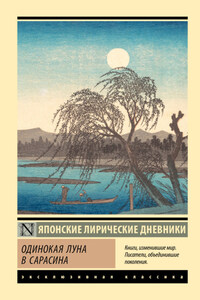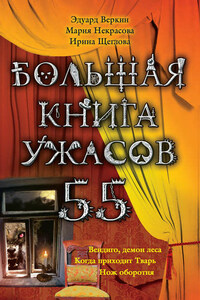MEMORANDA ON THE MAYA CALENDARS USED IN THE BOOKS OF CHILAN BALAM
Dr Brinton, in his Maya Chronicles, has translated the following passages from the Book of Chilan Balam of Mani:
… in the thirteenth Ahau Ahpula died; for six years the count of the thirteenth Ahau will not be ended; the count of the year was toward the East, the month Pop began with (the day) fourth Kan; the eighteenth day of the month Zip (that is) 9 Ymix, was the day on which Ahpula died; and that the count may be known in numbers and years, it was the year 1536.
And again from the Book of Chilan Balam of Tizimin:
The thirteenth Ahau; the death of Ahpulha took place; it was the sixth year when ended the count of the thirteenth Ahau, – the count of the year was from the east (the month) Pop passed on the fourth Kan; on the eighteenth of (the month) Zip, 9 Imix was the day Ahpulha died; it was the year 1536.
In his remarks on these books Dr Brinton says:
According to the reckoning as it now stands, six complete great cycles were counted, and parts of two others, so that the native at the time of the Conquest would have had eight great cycles to distinguish apart.
I have not found any clear explanation how this was accomplished. We do not even know what name was given to this great cycle,1 nor whether the calendar was sufficiently perfected to prevent confusion in dates in the remote past.
It would seem, however, as if the reckoning of time as given in these books is very accurate, fixing a date which would not be duplicated within a limit of thirty-five hundred or four thousand years.
The Books of Chilan Balam number the katuns on a different principle from that used on the inscriptions or in the Dresden Codex, but the two methods can be readily and usefully brought together, as the katun itself remains the same in both methods. In the inscriptions the katuns are numbered from 0 to 19, using Goodman's method though not his exact nomenclature, and twenty of them equal one cycle. In the Chilan Balam books, the katuns are named as Katun 13 Ahau, Katun 11 Ahau, etc., these being the days with which they begin or with which the previous katun ended; and as after thirteen katuns the same name is again given, this nomenclature fixes a date within a period which equals 13 multiplied by the number of days in a katun. There has been a difference of opinion as to this number of days in a katun, but it is clear from the Books of Chilan Balam that their reckoning was by terms of 20 × 360 days. The followers of Perez, however, insist that the length of the katun was 24 × 365 days. Sr Perez has indeed made this assertion,2 but he rests his opinion to a great degree on the fact that the naming of the katuns proceeded in the following order, taking their names from the day Ahau with which they began, viz.:
and that by starting with a katun which begins with 13 Ahau and counting forward a period of 24 × 365 days, we should reach another katun beginning with 11 Ahau. But the same result is brought about by considering the katun as a period of 20 × 360 days, as has been shown by Dr Seler, among others; and since the Books of Chilan Balam state distinctly that they reckon by so many scores of so-called years, and as the initial dates of the inscriptions all reckon in the same way, it is now generally considered that the katun consisted of 20 × 360 or 7200 days. An objection to considering a katun as 20 × 360 days may be raised in that the Books of Chilan Balam use the word "año" or year, but this can be easily explained by the fact that the Spanish "year" was the period which most nearly agreed with their tun or 360-day period, and that the Books did not pretend to speak with scientific accuracy.
Конец ознакомительного фрагмента. Полный текст доступен на www.litres.ru









